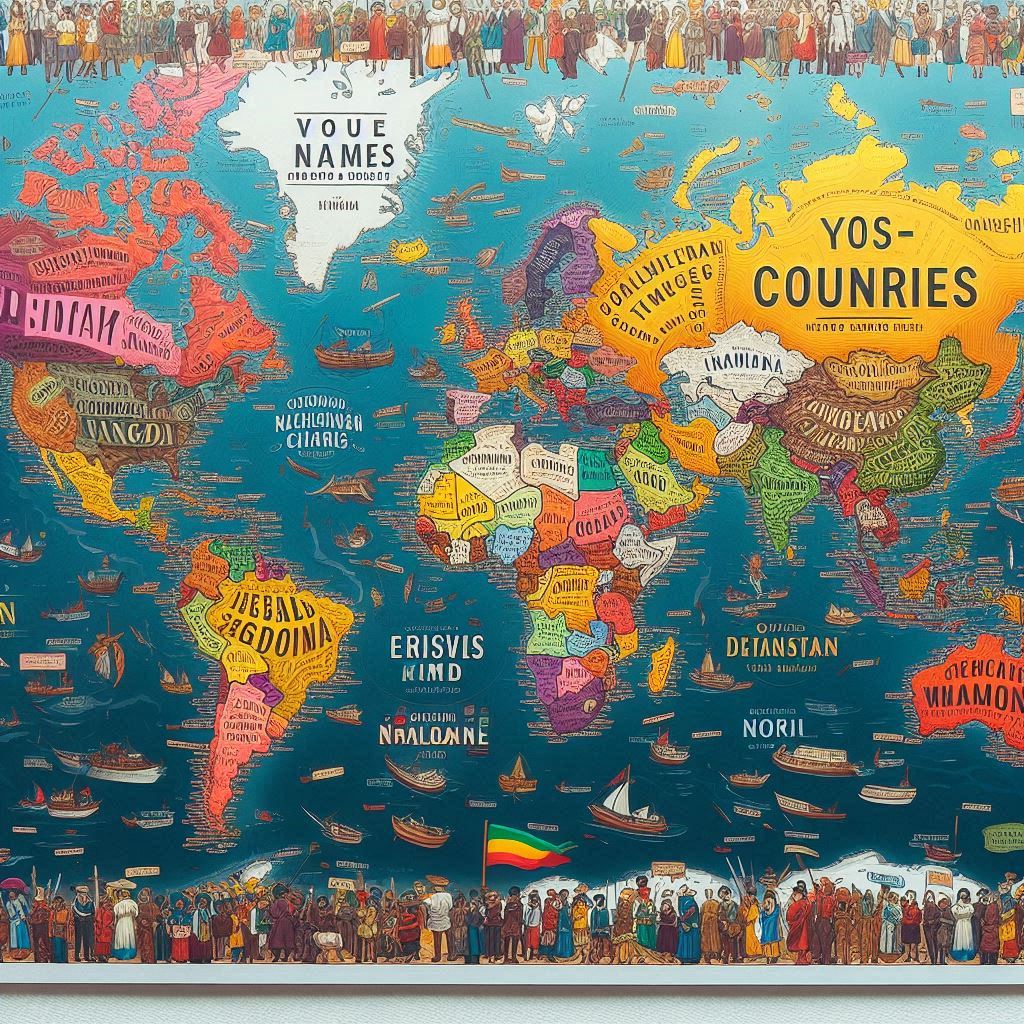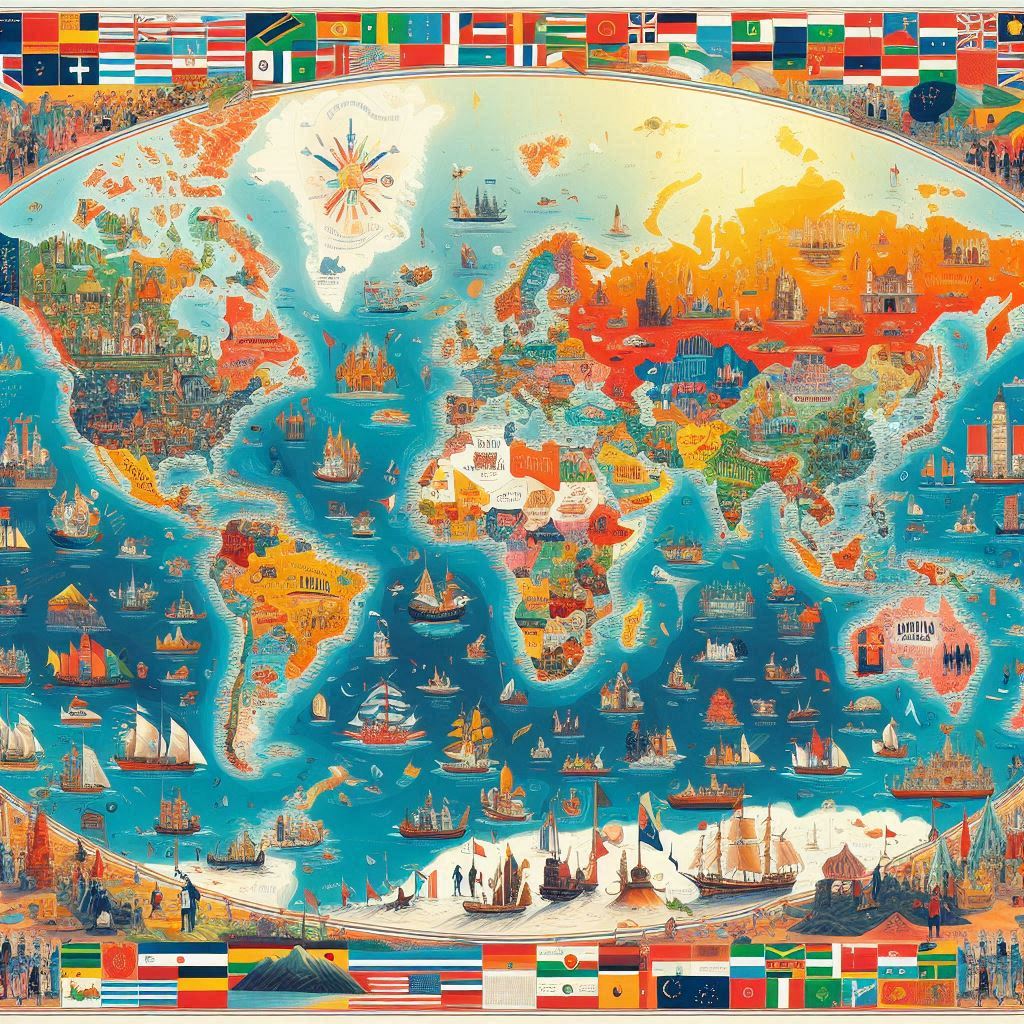In a world that’s increasingly connected by roads, satellites, and Wi-Fi, it’s easy to forget there are still places that remain almost untouched by modern life. Scattered across deserts, mountains, islands, and polar regions are communities living far from the crowds, often in isolation that shapes every part of their existence. These remote places are not just geographical curiosities—they’re home to people who have adapted to harsh climates, limited resources, and incredible distances from the rest of the world. Here are some of the most remote inhabited places on Earth.
Tristan da Cunha, a volcanic island in the South Atlantic Ocean, is considered the most remote inhabited archipelago in the world. Home to fewer than 300 people, it lies over 1,700 miles from South Africa and 2,000 miles from South America. There’s no airport—reaching it requires a seven-day boat trip. The residents live off farming, fishing, and occasional tourism, and life here is tightly knit and deeply self-reliant.
Ittoqqortoormiit, Greenland, is one of the most isolated towns in the Arctic. Surrounded by sea ice for much of the year, it has fewer than 500 residents. Hunting, fishing, and dog sledding are still vital parts of daily life. The nearest neighboring settlement is hundreds of miles away, and there are no roads connecting it to the rest of Greenland. It’s a place where the silence of snow-covered landscapes stretches for endless miles.
La Rinconada, Peru, sits high in the Andes at nearly 17,000 feet above sea level, making it the highest permanent human settlement in the world. Isolated by altitude and terrain, the town is home to thousands of gold miners who brave harsh conditions and low oxygen levels for a chance to earn a living. There are no running water systems, and infrastructure is basic. Yet life continues in this otherworldly corner of the planet.
Supai, Arizona, is the only place in the U.S. where mail is still delivered by mule. Located within the Grand Canyon, the village is accessible only by an 8-mile hike, helicopter, or horseback. It’s home to members of the Havasupai tribe, who have lived in the area for centuries, surrounded by towering canyon walls and turquoise waterfalls. Supai is not just remote—it’s rooted in deep cultural heritage.
Longyearbyen, Norway, is the northernmost town in the world, located on the Svalbard archipelago. Life here is extreme, with months of darkness in winter and 24-hour daylight in summer. Despite its remoteness, it has a small international community, a university, and even a seed vault meant to protect the future of global agriculture. Still, polar bears outnumber people, and everyone carries a rifle when venturing outside town.
Pitcairn Island, in the South Pacific, has a population of fewer than 50 people—all descendants of the famous Bounty mutineers and their Polynesian companions. It’s a British Overseas Territory, and getting there requires a long sea voyage. There are no airstrips, and supply ships visit only a few times a year. Despite this, the island has internet, a school, and a strong sense of community.
Oymyakon, Russia, is known as the coldest inhabited place on Earth. Located in Siberia, temperatures here can drop below -60°C (-76°F) in winter. The ground is permanently frozen, yet about 500 people call this place home. Life revolves around keeping warm, preserving food in the frozen earth, and enduring the long, brutal winters.
Alert, Canada, is the northernmost permanently inhabited place on the planet. Located just 500 miles from the North Pole, it’s a military and research station staffed by a small crew. Conditions are extreme, and the isolation is intense. Yet for scientific research and defense operations, Alert plays a critical role.
In these remote corners of the Earth, people live lives shaped by nature, not convenience. Whether driven by tradition, survival, or solitude, their resilience offers a powerful reminder that human life can thrive in even the most unexpected places. As the world becomes increasingly connected, these communities hold on to a rare kind of distance—and the unique way of life that comes with it.



